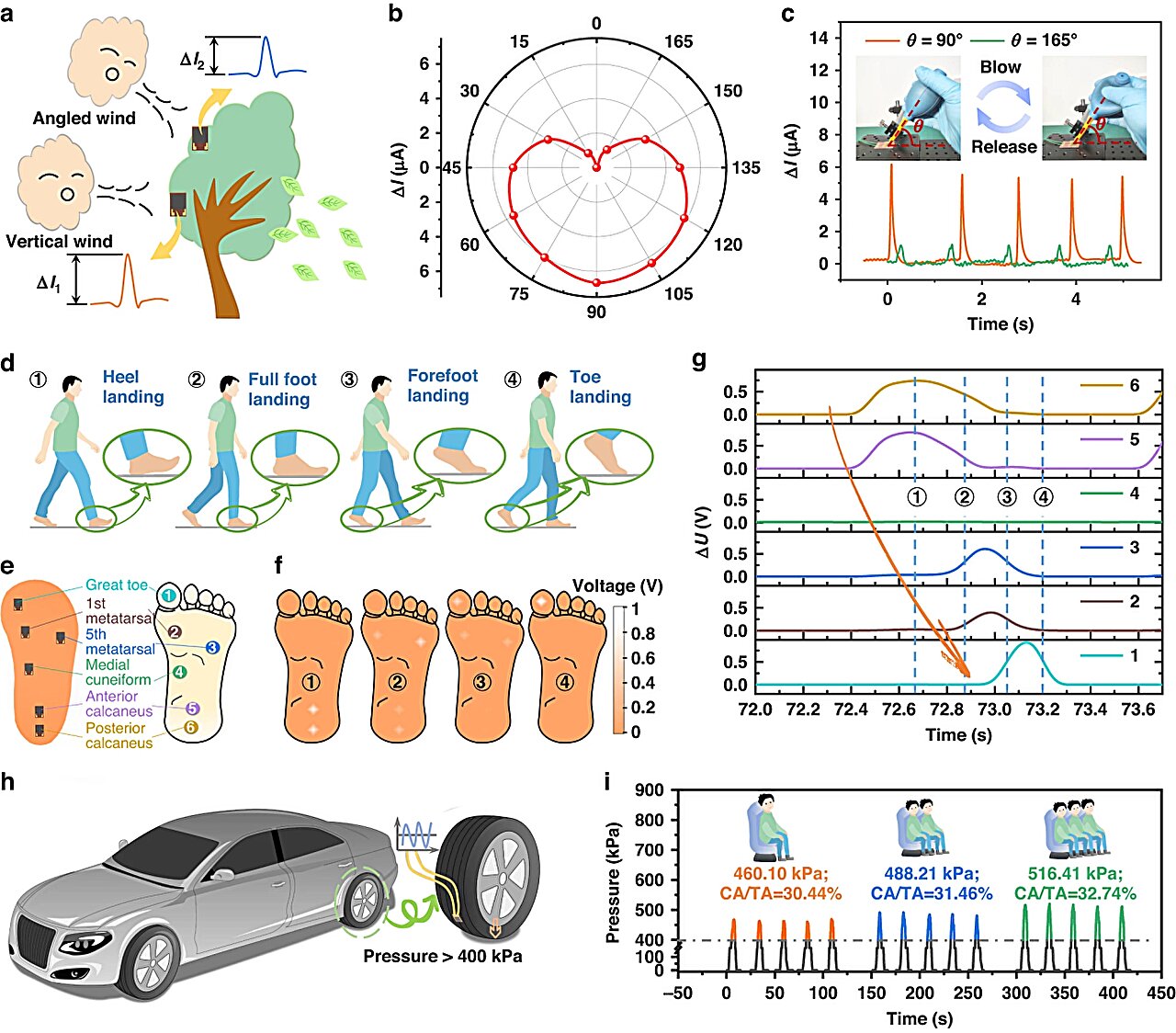
Cracking the code The sequencing of genetic material is a powerful conservation tool
I N SEPTEMBER AND October 2000, the carcasses of several northern hairy-nosed wombats and some fragments of intestine were discovered in Australia’s Epping Forest National Park, apparently left behind by a mystery predator. Cattle farming has shrunk the wombats’ natural habitat and consequently their population, which reached a low of just 20-30 animals in the 1970s before land-management policies helped push numbers back up to roughly 100 in the early 2000s. By sequencing DNA extracted from the Epping Forest remains, researchers identified six males and one female. But what had slain 6% of the known wombat population?
Suspicion fell on either dingoes or wild dogs, and the final answer came packaged inside faeces collected in the park. Some yielded the same genetic sequences as the carcasses. They had been left by dingoes. The team had identified their killers, and in 2002 a 20km protective fence was put up around the forest.
Environmental DNA, or eDNA, has emerged as an increasingly popular tool among conservation biologists and land managers, as DNA-sequencing tools have become progressively smaller, faster and cheaper. The field began in the late 1980s, when microbiologists started using it to look for bacteria in rivers and sediment. This had previously involved smearing water or dirt on Petri dishes to grow colonies of the resident microbes and then identifying them under the microscope, based on the shape of the colonies or how they responded to being stained with dye. It was lengthy and error-prone. Extracting DNA from samples instead, and comparing their genetic sequence to reference libraries, was quicker and more reliable.



/cdn.vox-cdn.com/uploads/chorus_asset/file/25417835/51684715392_2615642caa_o.jpg)











